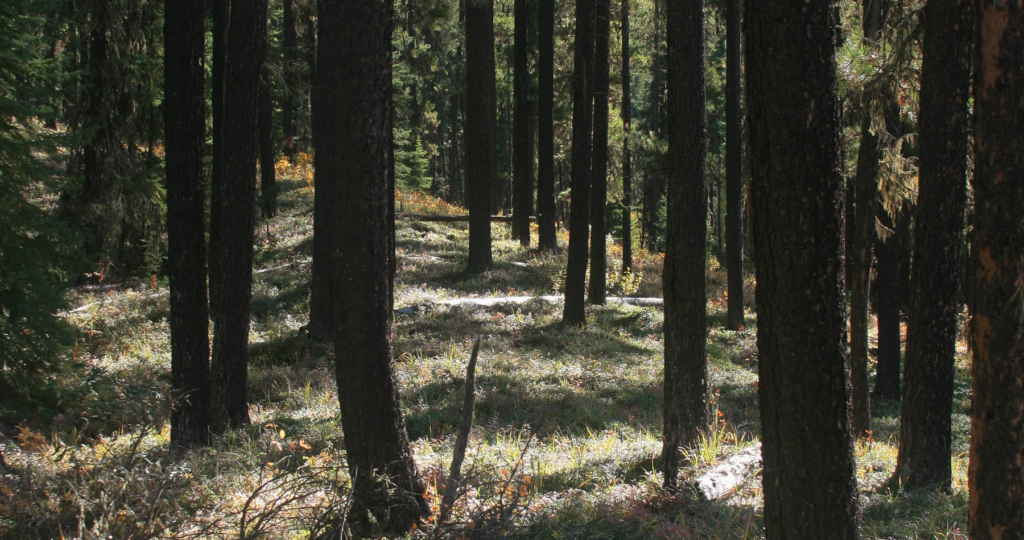Post Category : Glossary Special Finds
Knife River Flint Dart Base
In the summer of 2013, Tree Time Services surveyed cutblocks for Alberta-Pacific Forest Industries in the Logan River area north of Lac La Biche and found an artifact protruding out of exposed sediment along a previously constructed oil and gas access road.

When we find artifacts in disturbed areas it is unfortunate because these artifacts have lost much of their informational value. By finding the artifact in situ – or in its original context – there is much more information that can be gathered about the site, such as an association with other artifacts or organics, which can be informative of the age of the artifact. If the artifact is a single stone chip or flake from making a tool the loss is minimal; however, in this case the artifact recovered was an atlatl dart base made from Knife River Flint.

The artifact is an atlatl (or spear thrower) dart based on the width of the base (The neck widths of arrowheads tend to be a lot narrower and are typically corner or side-notched). The artifact could date to anywhere between 7,000 to 9,000 years ago based on the timeframe that atlatl technology was prominent and stylistic preference of stemmed points. The style of the projectile point is similar to the Scottsbluff style which is usually associated with spear points rather than darts. Based on this style we believe it to be dated to the early period of the spear thrower technology
The artifact is also interesting for reasons other than its age. The artifact is made of caramel-coloured rock called Knife River Flint which is found mainly in streams in North Dakota which means people were either trading for the material or travelling great distances to obtain it. For context, the location of the knife river flint quarry and the location of the artifact find were loaded into google maps:

The story of the artifact: The stone this artifact was made from traveled over 1300 km through trade and migration. Upon arrival in Alberta the stone was crafted into an atlatl dart by an expert flintknapper. The dart was likely used several times to hunt game and was retouched or reworked to sharpen the point. Eventually the tip was broken off and the dart could not be salvaged resulting in the dart being discarded. The artifact sat where it was discarded for possibly thousands of years and was buried by sediment not to be seen again until it was exposed by a bulldozer and spotted by an archaeologist.



